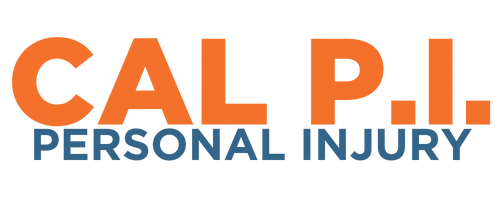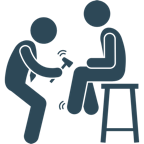

Introduction: In this blog post, we'll discuss the role of liens in a chiropractic personal injury practice and provide guidance on how to effectively utilize them to ensure proper compensation for your services. As a business advisor and attorney, I'll share valuable insights on various aspects of lien management and help you navigate the legal landscape.
When an attorney refers a personal injury patient to your chiropractic practice, it's essential to establish a lien. A lien is a legally binding document that ensures you receive payment for your services from the proceeds of the patient's settlement or judgment. By obtaining a signed lien from both the patient and the attorney, you protect your financial interests and foster a transparent working relationship with all parties involved.
A lien is a legal document that grants you, as the healthcare provider, a right to receive payment for your services from the proceeds of a personal injury settlement or judgment. A Letter of Protection (LOP), on the other hand, is a written agreement from the patient's attorney promising to pay for your services out of the settlement proceeds. While both documents serve a similar purpose, a lien is more legally binding and enforceable than an LOP.
If the attorney refuses or fails to sign the lien, consider the following steps:
While it is possible to collect partial payment from a patient with a lien, it is generally not recommended. Doing so may complicate the payment process and create potential conflicts between the patient, the attorney, and your practice. It is typically best to wait for payment in full when the case is resolved.
If you fail to obtain a lien in a personal injury case, you may be at risk of not receiving payment for your services. In such cases, it is crucial to:
Yes, it is still recommended to obtain a lien even if the patient has a Medical Payments (MedPay) policy. MedPay coverage may not cover the full cost of your services, and having a lien in place can help ensure that you receive full payment from the attorney.
In the blog post "How to Use Liens in a Chiropractic Personal Injury Practice," we explored the importance of liens in securing proper compensation for chiropractic services rendered in personal injury cases. We discussed the differences between liens and Letters of Protection, the steps to obtaining signed liens from patients and attorneys, and how to handle various lien-related scenarios. We also emphasized the importance of maintaining open communication with the patient's attorney throughout the case.
By incorporating the strategies and guidance provided in this blog post, chiropractors can confidently build a thriving personal injury caseload that contributes to the overall prosperity of their practice. Embracing personal injury cases and effectively managing liens not only ensures fair compensation for your services but also helps to expand your patient base, enhance your reputation in the field, and secure the financial future of your practice. Don't hesitate to tap into this valuable market and leverage the power of liens to elevate your chiropractic practice to new heights.



